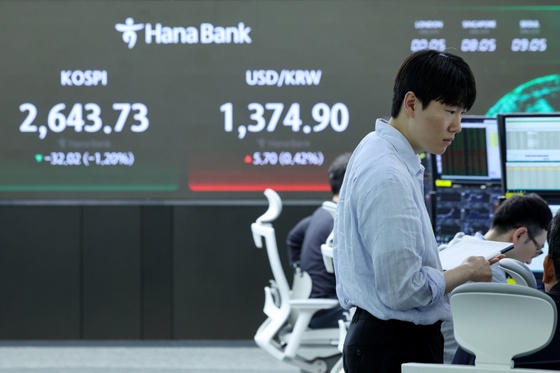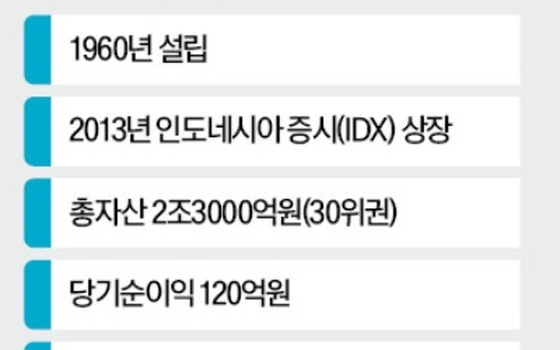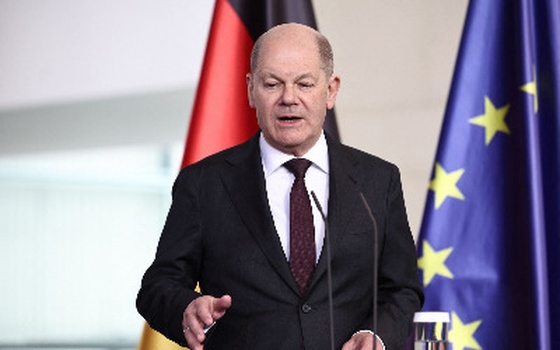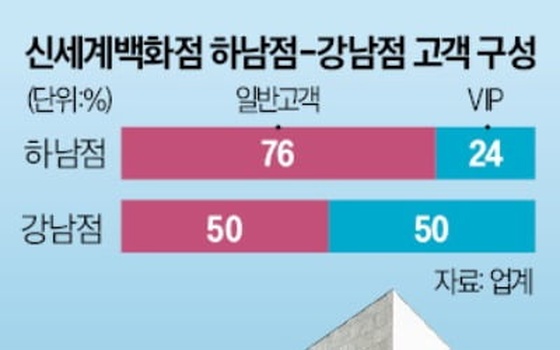[경제노트] (영어로 배우는 국제경제) 'Poor Nations and..'
Last year when Uganda became the first country to get some relief of
its external debt under a new program of the World Bank and the
International Monetary Fund, it used the money it saved largely to
eliminate fees charged for primary school.
The impact was dramatic.
While two years ago 54 percent of Uganda"s children attended primary
school, this year 90 percent do.
In contrast, neighboring Zambia, which spends five times more each year
on debt service than on primary education, had to raise school fees.
Enrollment there is dropping.
Debt matters.
There are 41 poor nations considered the most highly indebted,
80 percent of them in Africa.
Some pay 60 percent of their annual budgets for debt service.
That leaves little to invest in basic education, health, rural roads
and other programs that help people escape from poverty.
Prodded by religious and development groups, the World Bank and the
I.M.F. began a program in 1996 to help poor countries reduce their debt.
But the program is far too limited.
Both institutions are now committed to enlarging it, a subject they
discussed at a meeting in Washington this week.
When they meet again in September they will agree on a new plan.
It should be large enough to allow many countries to redirect their
money to fighting poverty.
Most of the indebted countries borrowed heavily in the 1970"s when
interest rates were low and lenders, including the World Bank, were
pushing loans.
Some of the money was wasted or simply stolen.
Now the debts are compounding, as many countries cannot even pay the
required interest.
The problem is worsened by a drop in foreign aid, which is at an 18
year low, although the World Bank concludes that developing countries
have learned to use it far more effectively.
A cutback in American aid has been particularly devastating.
= The New York Times 4월 30일자 사설
-----------------------------------------------------------------------
< 요약 >
세계은행과 선진국 금융기관들에 의한 외채 함정이 아프리카 등지의 빈곤국
들을 얼마나 비참한 곤경에 빠뜨려 놓았는지를 고발하고 있다.
잠비아의 경우 외채 원리금 상환을 위해 지출되는 연간 예산이 초등학교
교육 예산의 5배를 웃돈다.
부족한 교육 예산문제를 해결하기 위해 수업료를 올리지 않을 수 없었다.
그 결과 초등학교 마저 다니지 못하게 된 어린이들이 크게 늘고 있다.
반면 우간다의 경우는 선진국들에 의한 부채 탕감이 얼마나 극적인 효과를
낼 수 있는지를 단적으로 보여준다.
엄청난 외채에 시달려온 우간다는 2년 전만 해도 초등학교 취학률이 54%에
불과했다.
그러나 올들어 세계은행과 국제통화기금(IMF)으로부터 외채 일부를 탕감받게
돼 생긴 예산 여유분을 학비 면제로 돌리자 취학률이 90%로 껑충 뛰어올랐다.
외채는 이처럼 빈곤국들에게 큰 짐을 지우고 있다.
채무 부담이 과도한 것으로 간주되는 나라는 전 세계적으로 41개국에
이르며, 이중 80%가 아프리카 국가들이다.
일부 국가들은 전체 예산의 60%를 외채 원리금 상환에 배정하고 있다.
이로 인해 기초 교육과 보건 교통 및 기타 빈민 구제사업에 쓸 재원은
엄두도 못내는 상황이 빚어지고 있다.
뒤늦게나마 세계은행과 IMF가 문제의 심각성을 인식, 일부 채무국들을
대상으로 채무감면 프로그램을 시행하고 있지만 규모와 내용이 크게
미흡하다.
-----------------------------------------------------------------------
< 용어 설명 >
<> 채무감면 프로그램(Debt Relief Program) =세계은행과 IMF가 몇가지
조건을 전제로 극빈국들의 채무를 감면해주기 위해 운영하고 있는 제도.
이 프로그램의 혜택을 받으려면 세계은행과 IMF가 요구하는 수준의 경제
개혁을 시행해야 하며, 6년 이상 긴축 예산을 운영해야 한다.
그러나 극빈국들이 이런 요구 조건을 시행하기가 현실적으로 불가능하다는
지적이 제기되고 있다.
현재 이 프로그램의 혜택을 받고 있는 나라는 우간다와 볼리비아 2개국에
불과하다.
< 뉴욕=이학영 특파원 hyrhee@earthlink.net >
( 한 국 경 제 신 문 1999년 5월 7일자 ).
-
기사 스크랩
-
공유
-
프린트
![[박영실 칼럼] 어긋난 리더의 이미지 회복하려면 700년 기다려야](https://img.hankyung.com/photo/202404/01.36516821.3.jpg)
![[한경에세이] "메모하세요"](https://img.hankyung.com/photo/202404/07.36042282.3.jpg)
![[데스크 칼럼] 韓제조업의 자연 소멸 막으려면](https://img.hankyung.com/photo/202404/07.14334346.3.jpg)


!['매그니피센트7' 실적 먹구름…지수 혼조 [뉴욕증시 브리핑]](https://timg.hankyung.com/t/560x0/photo/202404/01.36519299.1.jpg)








![살인과 고문조차 서슴치 않았던 폐륜의 과학자와 의사들 [서평]](https://timg.hankyung.com/t/560x0/photo/202404/01.36520524.3.jpg)